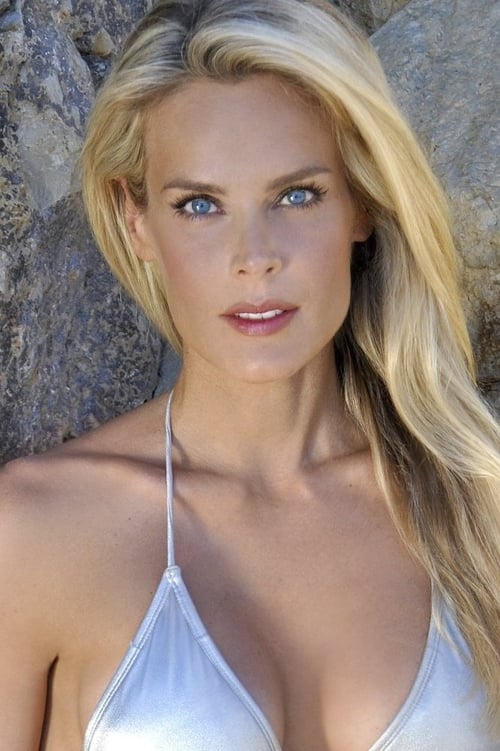Kilimanjaro - To the Roof of Africa (2002)
Five climates, six climbers, 19,340 feet of mountain.
Genre : Documentary
Runtime : 0M
Director : David Breashears
Synopsis
Follows five trekkers and a local Chagga guide to the top of Kilimanjaro, the largest freestanding mountain in the world. Along their journey this diverse group of trekkers encounter strange landscapes and endure harsh conditions as they travel through five climate zones ranging from the lower rainforest reaches of Kilimanjaro to the summit's arctic glaciers.

Writer Harry Street reflects on his life as he lies dying from an infection while on safari in the shadow of Mount Kilimanjaro.

At the start of the First World War, in the middle of Africa’s nowhere, a gin soaked riverboat captain is persuaded by a strong-willed missionary to go down river and face-off a German warship.
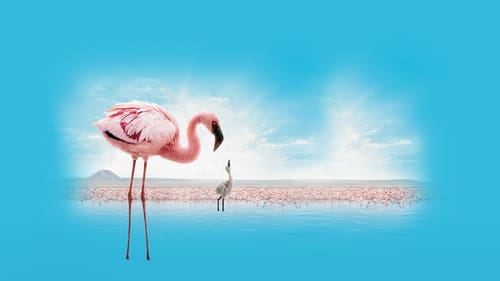
In the remote and forgotten wilderness of Lake Natron, in northern Tanzania, one of nature's last great mysteries unfolds: the birth, life and death of a million crimson-winged flamingos.
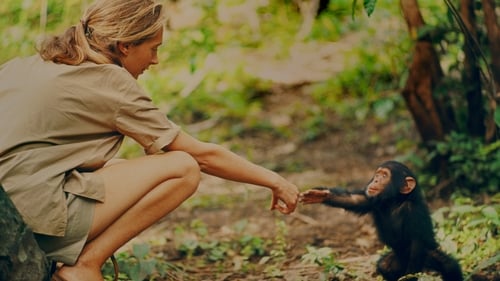
Drawing from never-before-seen footage that has been tucked away in the National Geographic archives, director Brett Morgen tells the story of Jane Goodall, a woman whose chimpanzee research revolutionized our understanding of the natural world.
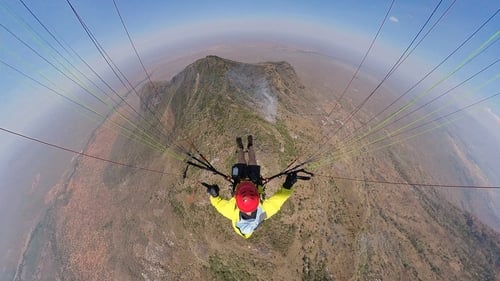
Five Kiwis take on a paragliding adventure in Tanzania, with the ultimate aim to fly from the summit of Mt Kilimanjaro.
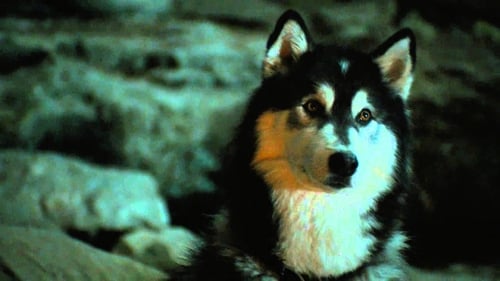
Two kids and their dog must use all their skills to survive in the African bush after a plane crash.
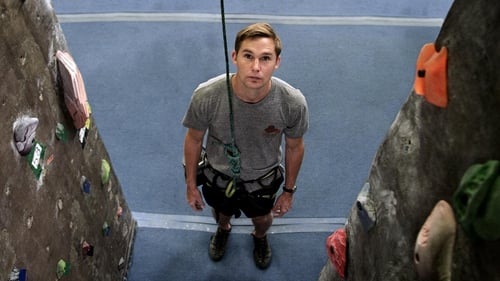
For years, Doug Collins has been wading through a routine unsatisfying job and an increasingly miserable relationship. After his girlfriend moves out, Doug pushes himself to live a more fulfilling life starting with a trek to the summit of Mt. Kilimanjaro.
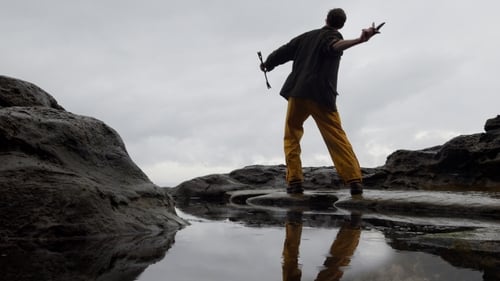
Exploring some of the most remote and spectacular places on Earth, five pioneering scientists make surprising discoveries that flip our understanding of nature on its head, and offer new hope for restoring our world.

Serengeti Symphony is a breathtaking look at the astounding landscape and exotic animals that make up the Serengeti National Park in Tanzania. The film accounts the daily lives and intricacies of animals such as giraffe, flamingos, leopards and cheetahs, each vivid scene flawlessly paired with a musical score written by Laurens van Rooyen. Serengeti Symphony brings the beauty of Africa to life like never before, with close up colourful images of the terrain and unimaginable glimpses of the wildlife, allowing the true character of the landscape, and the grace and spirit of every animal, to shine through.

Any unlucky carcass is dispatched in a matter of minutes by a feeding frenzy that attracts jackals and hyenas along with vultures. Scavenging insects swarm over the remaining bones and horns. While this film focuses primarily on the griffin vulture (“nature’s undertaker”), it considers the role of all scavengers in this harsh ecosystem. Generally despised as harbingers of death, they actually help maintain the health of the savannah by disposing of waste and returning nutrients to the soil.

"Serengeti Stories: The Work of Hugo van Lawick" follows the famed wildlife filmmaker and includes clips of his masterpiece, "People of the Forest," about chimpanzees and their social relationships. Also: clips of "Wild Dogs of Africa" (1972), a heroic story of survival.

Africa in the sixties. The Nile perch, a ravenous predator, is introduced into Lake Victoria as a scientific experiment, causing the extinction of many native species. Its meat is exported everywhere in exchange for weapons, creating a globalized evil alliance on the lake shores. An infernal nightmare in the real world that wipes out Darwin's Theory of Evolution.

Africa the Serengeti takes you on an extraordinary journey to view a spectacle few humans have ever witnessed: The Great Migration. Journey with more than two million wildebeests, zebras and antelopes as in their annual 500 mile trek across the Serengeti plains.

Main subject of Serengeti is the mass migration of wildebeest , which in search of nutritious grass hundreds of kilometers annually by the savannah draw. At the end of the rainy season, they break into a huge herd of over a million animals on the north. The wildebeest and other animals are joining the migration, as zebras and gazelles , continuously exposed to hazards, particularly by predators such as lions and cheetahs . A highlight of the great migration, the crossing of the Mara is: There, the wildebeest have to overcome not only meter high cliffs, they are also crocodiles delivered. With the onset of the rainy season, however, leave the wildebeest north again what had long been a mystery. The reason for this is that the grass in the north a phosphorus deficiency , and said thus wildebeest forces to retreat to the south.

Every year, on the steppes of the Serengeti, the most spectacular migration of animals on our planet: Around two million wildebeest, Burchell's zebra and Thomson's gazelles begin their tour of nearly 2,000 miles across the almost treeless savannah. For the first time, a documentary captures stunning footage in the midst of this demanding journey. The documentary starts at the beginning of the year, when more than two million animals gather in the shadow of the volcanoes on the southern edge of the Serengeti in order to birth their offspring. In just two weeks, the animal herd's population has increased by one third, and after only two days, the calves can already run as fast as the adults The young wildebeest in this phase of their life are the most vulnerable to attacks by lions, cheetahs, leopards or hyenas. The film then follows the survivors of these attacks through the next three months on their incredible journey, a trip so long that 200,000 wildebeest will not reach the end.
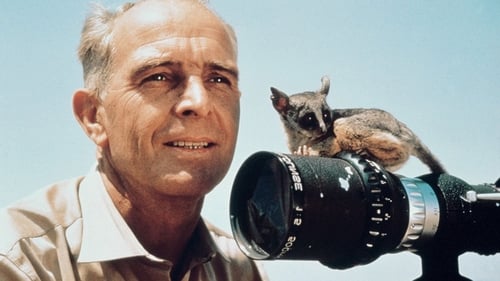
The film tells of the beginnings of the Serengeti National Park in Tanzania. At the end of the 1950s, the Tanzanian National Park Administration wanted to fence in the protected area around the Ngorongoro Crater. Bernhard and Michael Grzimek were invited by the national park administration in 1957 to get a precise picture of the animal migrations and to provide the national park administration with the values they needed for their project. Using a new counting method with two airplanes, the Grzimeks found out that the migration of the herds was different than assumed.

Birdmen of Kilimanjaro is a documentary about the enormous feat of Bill and Steve Moyes climbing to the top of Mt Kilimanjaro in Africa and flying off in hang gliders.

Follow a group of novice hikers, including director Holly Stadtler, as they scale the slopes of Mount Kilimanjaro, Africa's highest mountain, in an effort to raise money for sick children, including Hope, a baby born 12 weeks premature. As the climbers ascend the treacherous peak, they contend with altitude sickness and injuries, finding that not all have the strength to reach the summit in this breathtaking documentary.

On a train crossing Tanzania, a rolling microcosm of East African society, we follow three main characters, reflecting on the strength to survive.

The secret life of hippos is revealed in this award-winning documentary, which follows divers into the waters of Tanzania's National Reserve. For the first time, cameras capture on film the astonishing underwater habits of these surprising creatures. A rare look at an essential part of hippo life, filmmakers Craig Huxley and Jean-Christophe Jeauffre's captivating documentary earned the Jules Verne Adventure Film Festival Audience Award.

